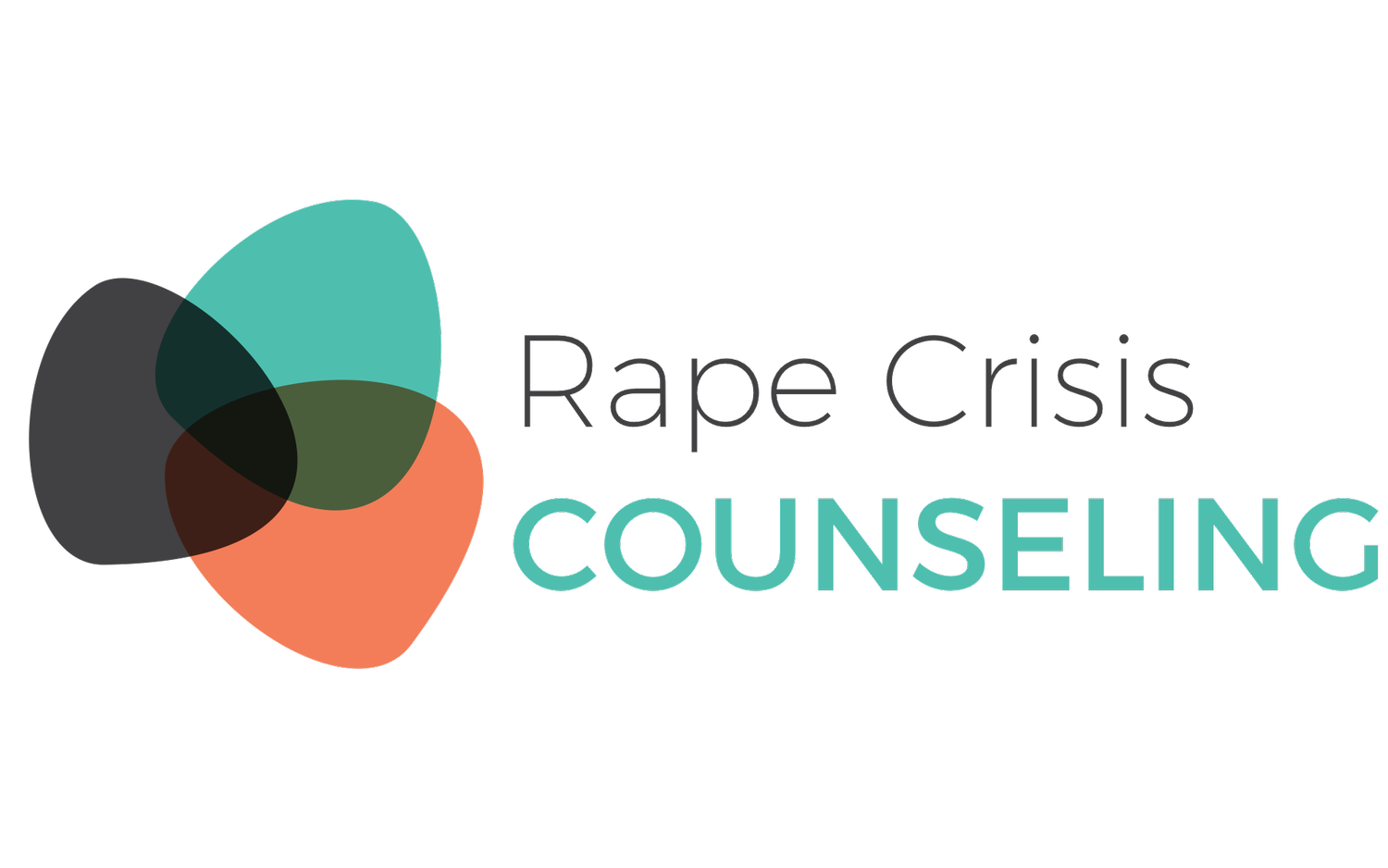4. Communicating with Diverse Populations
Communicating with people from other cultures or groups can be challenging.
To be effective as an advocate, you must be aware of what your nonverbal language is communicating and open to understanding the nonverbal communication cues of the survivor.
To do this effectively, you will need to learn about cultures in the area where you serve. Learning about greetings, conversational style and nonverbal communication will help you to support survivors much more effectively.
Here are some tips:
Learn to recognize cues: Be adaptable to the survivor’s behavior. Observe the survivor and how they are behaving, and then try to mirror their behavior. For example, if the survivor is leaning forward, you could learn forward too.
Accommodate the differences: What is considered normal in one culture may be insulting in another. Remain aware of how the survivor is reacting to you, and remain patient and accommodating.
Never assume: Never assume that because the survivor is from a certain culture, they will behave a certain way. Values and beliefs are personal. Be aware of your own interpretations of others’ nonverbal behavior, and realize that mistaken assumptions lead to misinterpretations and miscommunication.
If in doubt, ask: There is no better tool for effective communication, regardless of culture, than asking. If you do or say something that seems to strike the survivor as inappropriate or offensive, simply ask if you have done anything wrong and what you can do to remedy the situation.
